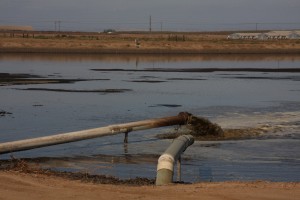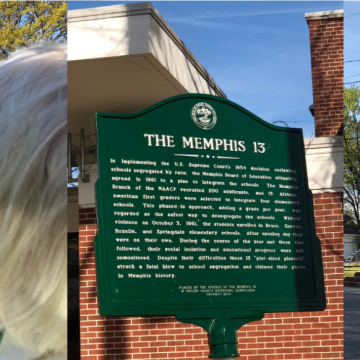N is for Nutrients. That one has been in my mind for the whole time and nothing has shaken it. I guess some people may be thinking I could have made this a post about N is for nitrogen and had something similar, but I whole-heartedly disagree. And while no-till is a compelling term — heck I even wrote a couple of books about the practice that builds soil health and it is a great for a number of reasons (saving precious topsoil from the potential for erosion and reducing fossil fuel demand)… well nutrients have a place and I already passed on micronutrients and fertilizer.
Kinds of Nutrients in Agriculture
There are so many different kinds of nutrients that play a role in agriculture that this post could head in a variety of ways. I’ve already come up with a few things I could talk about:
- Nutrients Coming From Farms — When you think of beta carotene, vitamin c and lot of other things on nutrition labels of foods, you know that most of those things come through the crop itself. You can look at the nutrients from fruits, vegetables, grains and more. The same for meats when it comes to proteins, zinc, and a variety of vitamins and calcium is one of many nutrients in dairy products.
- Livestock Nutrient Needs — When I asked veterinarian Kathy Swift “What do cows eat?” I was impressed by all the things she talked about from a nutrient perspective. It isn’t as simple as “salt lick” I had heard of before. Farmers and ranchers have vets and nutritionists helping them plan detailed diets for livestock. Rancher Val Wagner told me “We have our feed tested, so that we know what our cows are getting, and know that they have all the basic nutrition that they need. It changes based on where the cow is in their cycle. Pre-calving, post-calving, breeding, etc.”
- Plant Nutrient Needs — Since I reference nitrogen and fertilizer, those requirements for plants to grow were the first to come to mind for me. I still remember a time when my sister was translating for me when I was interviewing a rice farmer in Kameoka, Japan. He was explaining something and a word came that she didn’t know. As he explained the word, he talked about the food the plants need to grow. Those nutrients are critical for plant growth which sustains us all.
Where Crop Nutrients Come From
There are several factors that farmers have to consider when it comes to nutrients for their crops. The nutrient sources that don’t always come to mind are found in air and water. The whole process of photosynthesis is dependent on them — hydrogen (H), oxygen (O), & carbon (C) — being there.
The other nutrients plants need are the ones that farmers need to monitor for and encourage development of too. They can be inherent in the soil, they can be created through allowing stubble from previous crops to degrade naturally (common with conservation tillage like no-till), be enhanced through crop rotation, by planting cover crops, by spreading manure on fields (yes, water ‘n’ poo), use synthetic fertilizers or a combination of any of those options. To figure out what they have and what they need, farmers or their consultants do soil tests
Crops will take these up from the soil through the roots unless fed to plants through the leaves. North Carolina’s Department of Agriculture gives this list of macronutrients and micronutrients.
Macronutrients
Macronutrients can be broken into two more groups: primary and secondary nutrients.
The primary nutrients are nitrogen (N), phosphorus (P), and potassium (K). These major nutrients usually are lacking from the soil first because plants use large amounts for their growth and survival.
The secondary nutrients are calcium (Ca), magnesium (Mg), and sulfur (S). There are usually enough of these nutrients in the soil so fertilization is not always needed. Also, large amounts of Calcium and Magnesium are added when lime is applied to acidic soils. Sulfur is usually found in sufficient amounts from the slow decomposition of soil organic matter, an important reason for not throwing out grass clippings and leaves.
Micronutrients
Micronutrients are those elements essential for plant growth which are needed in only very small (micro) quantities . These elements are sometimes called minor elements or trace elements, but use of the term micronutrient is encouraged by the American Society of Agronomy and the Soil Science Society of America. The micronutrients are boron (B), copper (Cu), iron (Fe), chloride (Cl), manganese (Mn), molybdenum (Mo) and zinc (Zn). Recycling organic matter such as grass clippings and tree leaves is an excellent way of providing micronutrients (as well as macronutrients) to growing plants.
via Plant Nutrients.
Oh, What Will O Be For?
I think I have this one decided. I just need to figure out how I’ll do it. I’m pretty pumped about it. See the other posts in this series by clicking on the logo at right and reviewing the letters, or by browsing the A to Z ag tag archives.




[…] N is for Nutrients – Nutrients Are So Critical in Agriculture (janiceperson.com) […]